Data & Technologies
![]()
Sustainable Smart Innovators needs to ensure that their leading-edge ideas can leverage the massive growth in public and private data-sets.
This growth in data is being driven by proliferation of mobile devices, availability of low cost sensor technologies and easier access to data acquisition platforms such as drones and satellites.
Simultaneously cost-effective access to vast compute and storage capabilities in the cloud are reducing the barriers to process this data and acquire useful insight.
These technologies include:
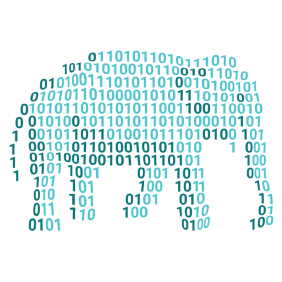
Big Data
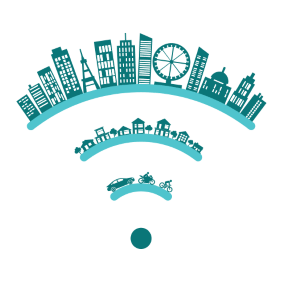
Internet of Things
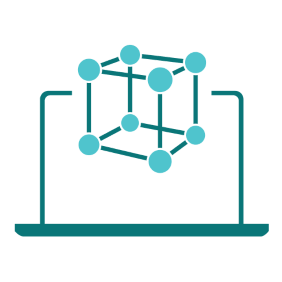
Simulation & Visualisation
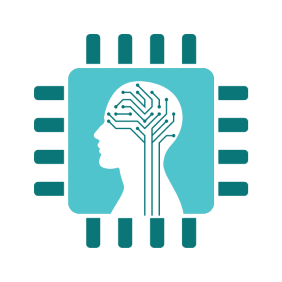
Machine Learning
Implications of advances in digitalisation for sustainable smart innovators
Whether collected by the public sector or commercial organisations, new data centric technologies are at the forefront of providing cost-effective and real-time insight that informs better decision making about resource use. How we collect, share and manage this data for the benefit of all is a growing concern for technology innovators, researchers and politicians. Innovators must embrace these data and technology advances or risk their ideas being quickly superseded and replaced by those that are harnessing this emerging capability.
Given the proliferation of this technology across many application areas there have been many early ‘wins’. However even greater value can be generated by harnessing the skills and knowledge across a range of disciplines and business sectors.
The ability to unlock this untapped innovative potential offered by these new data sets that is driving the need for new forms of multi-disciplinary, multi-partner collaborations. These new collaborations will include those with understanding of specific sustainability challenges with partners, who understand and can apply new digitalisation technologies to deliver new sustainable answers to these problems.
Learn more about best practices in collaboration development for sustainable smart innovation.
What do we mean by data centric computing technologies?
These technologies can increase the impact of your innovation. Smarter Innovators can exploit any one or all of these technologies to differentiate their innovation and to create data-centric solutions that deliver sustainable competitive advantage. Examples of these new capabilities may include:

Big Data
Enterprises have moved from manual recording of data they think is important to automated systems sucking in massive quantities of data, often via the IOT. This data can be wholly within the enterprise (closed), from anywhere (open) or with partners (hybrid). They need to coordinate, sort and then analyse huge quantities of this “Big Data” to extract useful information. Big Data and Analytics enables the recognition of known patterns and the discovery of hidden patterns.
Internet of Things
The ‘internet of things’ (IOT) brings together the growing use of low-cost sensor technology and the network of high-speed communications to deliver unprecedented amounts of real-time data. Driven by the continued falling costs of sensors and the IT support systems, the IOT is an emerging trend that will create not only new opportunities, but new business models and markets.

Cognitive Computing
Cognitive computing systems mimic the human brain to solve complex problems at amazing speeds, but without requiring human assistance. Using machine learning programs these systems continually acquire knowledge from the data fed into them to discover patterns. Over time, through self-learning, these systems become more capable of anticipating problems and modelling possible solutions.
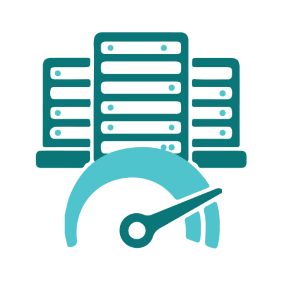
High Performance Computing (HPC)
Really big and complex computing models such as those used to solve problems like weather forecasting, simulation of airflow over a wing, bridge design or computer design of a new drug or chemical formulation require large amounts of computing power. This is High Performance Computing (HPC).

Visualisation
Once a set of possible solutions has been highlighted by cognitive computing and modelled on HPC, they need to be communicated. 70% of human brain power is consumed on image processing so it is no surprise that the fastest way that humans can process large volumes of data is through visualisation. Solutions and their comparisons from HPC often use “visualisation” techniques to “show” the options to people to make final choices. This fast modelling and communication can reduce development times, bringing new solutions to market, faster.

